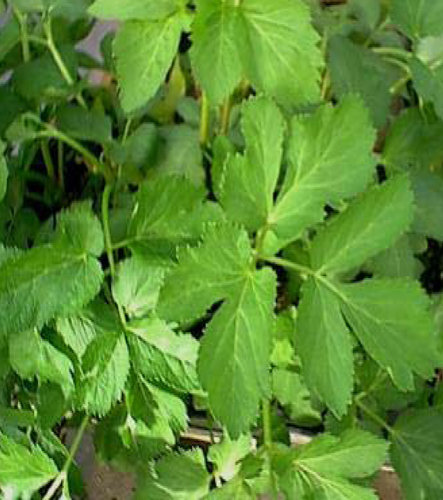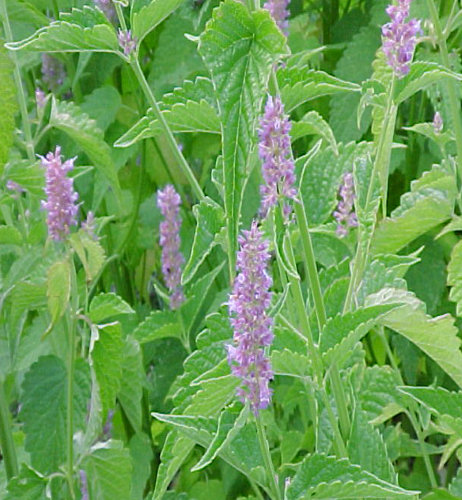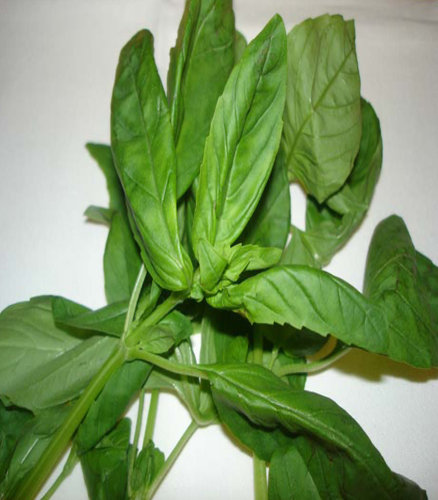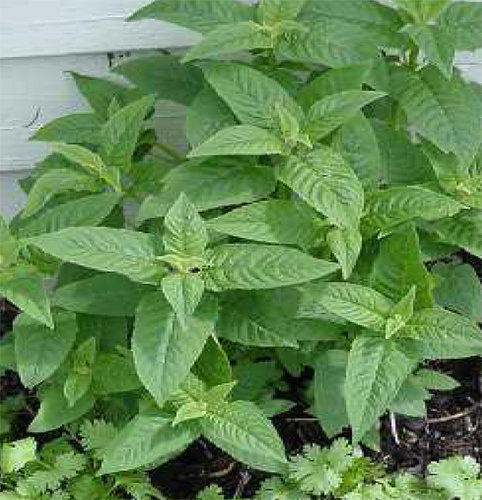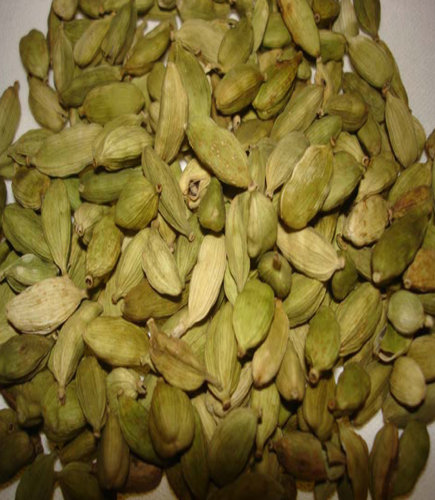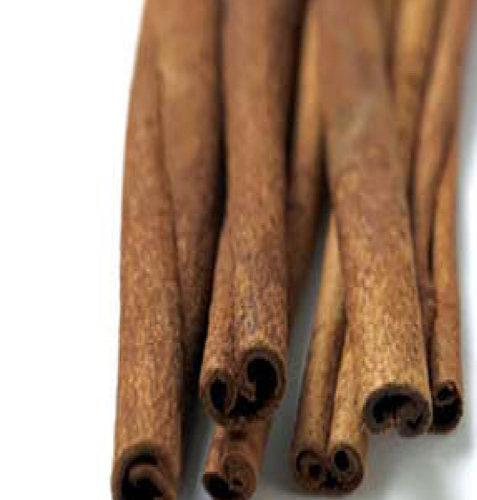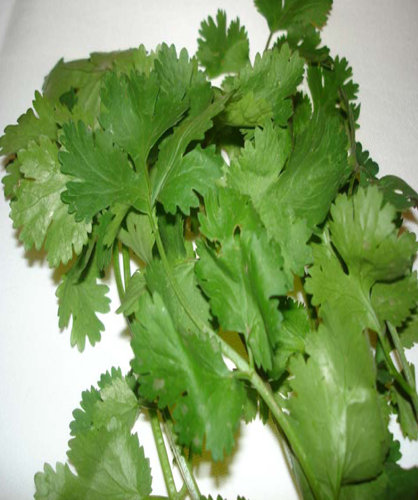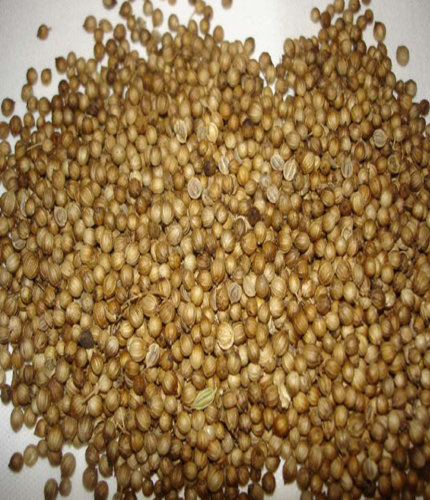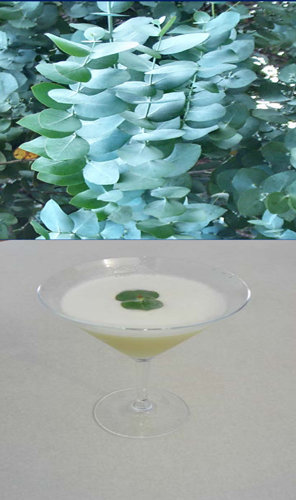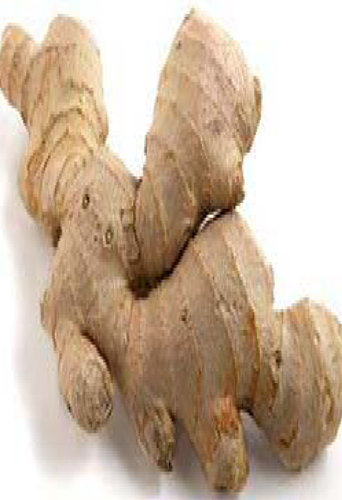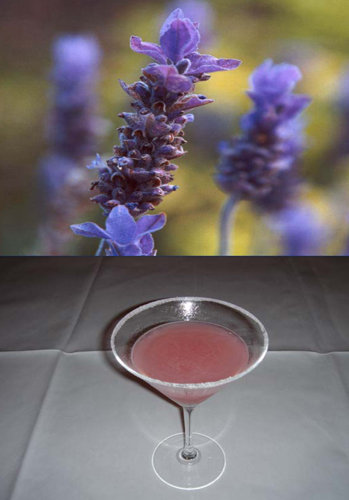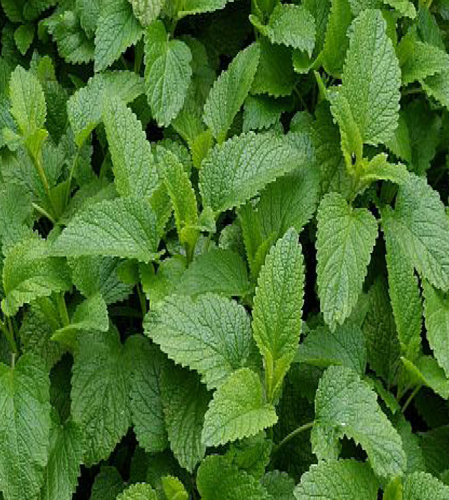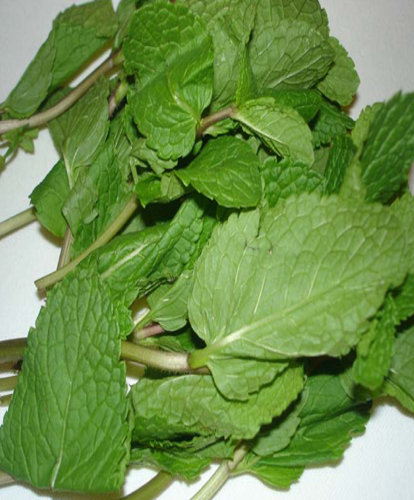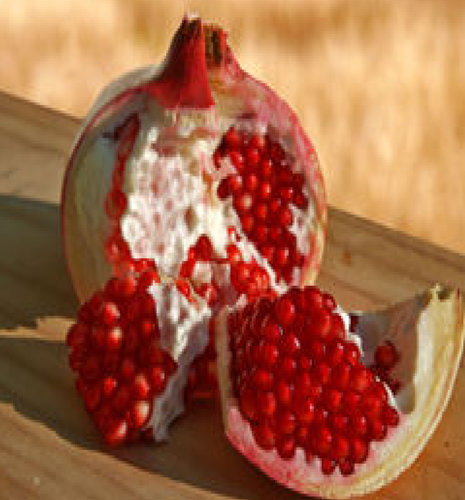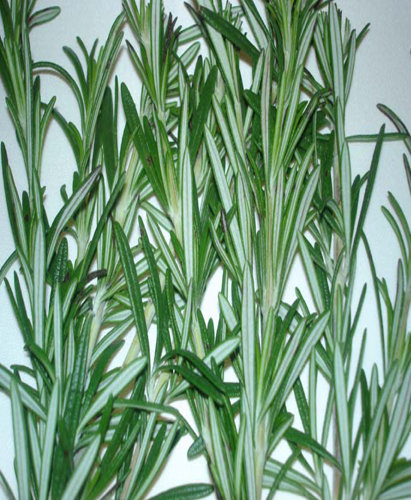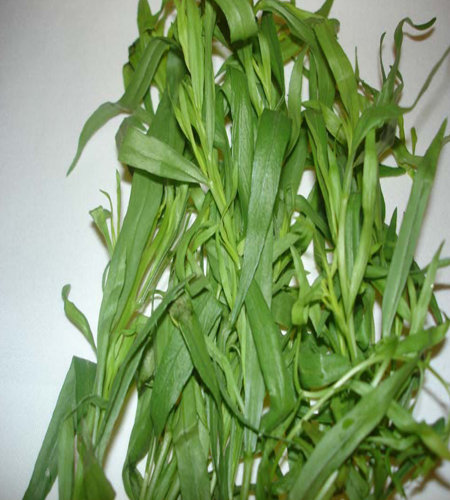Fake Absinthe
Makes 1 pint
2 1/2 tsp dried wormwood
1 pint vodka
2 teaspoons chopped angelica root
3 teaspoons crushed anise seed
3 crushed cardamom pods
1/2 teaspoon ground coriander
1/2 teaspoon crushed fennel seed
1/2 teaspoon marjoram
Place the wormwood in vodka for two days, filter, add remaining herbs and let sit for one week. Filter and then bottle. Serve by dropping a sugar cube in the bottom of a cordial glass. Wormwood can be found by searching in the Internet. Real Absinthe has been illegal in America since 1912. It’s been known to have hallucination properties. It’s the green drink seen in Moulin Rouge with Nicole Kidman
Infused Gin, Rum, and Vodka
Makes 1 bottle
1 bottle of gin, rum, or vodka
Spice, fruit, or herb of your choice
Get a large mouthed glass container to make an infusion. You want to wash anything you are using to remove all possible pesticides. Place your chosen spice, fruit, or herb in the container then add the alcohol. Close the lid and place somewhere away from direct sunlight and letting it sit from four days to two weeks. Strain, then bottle when finished.
2 weeks: Whole chili peppers, pineapple, fresh ginger, and lemongrass.
1 week: Cantaloupes, strawberries, peaches, mangoes, pitted cherries, raspberries, blueberries, and blackberries.
4 days: Vanilla beans, lemons, oranges, grapefruit, limes, mint, garlic, tarragon, basil, oregano, dill, and thyme.
Hot Buttered Rum Mix
Makes 25 servings
3 cups brown sugar
1/2 cup unsalted butter
3 tablespoons clover honey
1 tablespoon rum extract
1 tablespoon vanilla extract
1 teaspoon ground nutmeg
1 teaspoon ground cinnamon
1/2 teaspoon ground allspice
Mix all the ingredients together then put in a jar with a lid and store in the fridge. You can also fill an ice cube tray with the mix then put the tray in a freezer bag and pop one out when needed.
To make Hot Buttered Rum add 11/2 ounces of light or dark rum in a mug, a big spoonful of the mix then fill with hot water.
Cinnamon Liqueur
Categories: Alcohol, Beverages
Yield: 1 pint
1 Cinnamon stick
2 Cloves
1 ts Ground coriander seed
1 c Vodka
1/2 c Brandy
1/2 c Sugar Syrup
Steep all herbs in alcohol for 2 weeks. Strain and filter until clear and add sugar syrup to taste. Let stand 1 week and its ready to serve. Makes a nice hot drink when added to boiling water.
Peppermint Liqueur
Categories: Alcohol, Beverages
Yield: 1 quart
2 or 3 teaspoon Peppermint extract or fresh peppermint leaves
3 c Vodka
1 c Sugar Syrup
Combine all ingredients and stir. Let stand for 2 weeks.
Use 3 teaspoons of extract for a stronger mint taste and additional sugar syrup for a sweeter thicker liqueur.
Yield: 1 quart
Licorice Liqueur
Categories: Alcohol, Beverages
Yield: 1 pint
2 1/2 tablespoons Licorice root, finely chopped
1 1/2 c Vodka
1/2 c Sugar Syrup
Wash the licorice root and chop into small pieces. Add to vodka and let stand for 1 week. Strain and filter. Add sugar syrup and let stand for another week. Ready to serve. Adjust taste with extract if necessary.
Yield: 1 pint plus
Irish Whisky Cream Liqueur
4 Egg yolks
14 oz Sweetened condensed milk
10 oz Cream
3 T Chocolate-flavored dessert topping
2 t Coconut essence
15 oz Whisky
Beat the egg yolks until thick and creamy. Stir in the condensed milk, cream, chocolate topping, coconut essence and whisky. Mix thoroughly and bottle. Store up to 3 weeks in the refrigerator.
Liqueur de Framboise
Yield: over 1 quart
1 lb Fresh raspberries **
1 lb Sugar
2 c Water
2 c Pure grain alcohol*
2 c Water
This recipe works with most cane berries, such as blackberries, loganberries, etc.
Ready in 3 months. Rinse and check berries. Discard any overripe or moldy berries. Place berries in a large bowl. Crush berries slightly with back of wooden spoon. Set aside. Warm 2 cups water with sugar in medium saucepan over moderate heat. Stir continuously util well dissolved and liquid is just warm. Pour sugar water over berries, stir. Cover with plastic wrap and refrigerate for one week.
Stir occasionally. After aging in refrigerator, strain through a fine wire mesh strainer into a large bowl or aging container. Add alcohol mixture, stir. Cap and let age one month. Strain through cloth until clear. Re-bottle as desired. Ready for use in cooking at this point but age 2 months longer before drinking.
Variation: 4 cups 80 proof vodka may be substituted for 2 cups pure grain alcohol and 2 cups water. Proof of liqueur will be slightly less.
Hazelnut Liqueur
Yield: 1 pint
6 oz Hazelnuts
1 Vanilla bean (1 inch)
1 tsp Allspice
1 1/2 c Vodka
1/3 c Sugar Syrup
Chop the hazelnuts to release the flavor of the nut and add to vodka, vanilla bean, and allspice. Age for 2 weeks, shaking lightly occasionally. Strain and filter until clear. Add sugar syrup, if desired, and age for an additional 3 weeks. Ready to serve.
Makes a nice gift and is nice over ice cream as well as an aperitif.
Alternately, try using pistachios which also make a delicious liqueur. If flavor is too weak, add more nuts and re-steep a week before adding the sugar syrup.
Cherry Liqueur
Yield: 3 cups
1/2 lb Cherries
1/2 lb Granulated sugar
2 c Vodka
Pick plump, shiny, well-colored fruit with green stems, avoiding dark colored stems. Season is late April to August. DO NOT rinse until use. Use cherries as soon as ripe. Wash, stem, and towel dry cherries and place in a jar. Pour sugar over the cherries, followed by the vodka. DO NOT mix them. Cover with lid and store on a shelf for 3 months without disturbing, then strain. Liqueur is ready to serve. Recipe can be varied with extracts (chocolate, mint, orange, etc). Add approximately 1 teaspoon of extract to finished liqueur and let sit for another few weeks. Experiment with small portions of flavorings to find your desired taste.
Coffee Liqueur
Categories: Alcohol, Beverages
4 c Sugar
2 c Water
2/3 c Instant coffee
10 Coffee beans (whole)
Fifth of vodka*
1 Vanilla bean (2-3 inches)
Combine water, sugar, and coffee in a saucepan and bring to a full boil. Skim off the froth and allow to cool thoroughly. Pour into the container. Add vodka, coffee beans (optional but will add a fuller flavor), and vanilla bean. Store in a dark place for 3 weeks. Strain and filter. Ready to serve.
*A brandy/vodka mix may be substituted for a simulated “Kahula”.
*A rum/vodka mix may be used to simulate “Tia Maria”.
Yield: 1 1/2 quarts (may be halved)
Pineapple Liqueur
Yield: 3 cups
2 c Fresh pineapple
2 c Vodka
1/2 c Sugar Syrup
Buy the largest pineapple you can find as it will give you more meat. Look for yellow to golden orange color for sweet tasting meat. Avoid greenish color, bruises, discolored areas, soft spots, or dried out brown leaves. Slice pineapple and combine with vodka in jar. Steep for 1 week. Strain and squeeze as much juice as possible from pineapple. Filter a few times until liquid is smooth and pulp free. Add sugar syrup to taste. Pineapple juice may be added for additional taste if desired. Age 1 month.
Banana Liqueur
Yield: 1 quart
2 medium Bananas
1 teaspoon Vanilla extract
3 c Vodka
1 c Sugar Syrup
The tastiest bananas will have a bright yellow peel and no discolored areas which indicate a bruise. Never refrigerate bananas. Mash peeled bananas and add to vodka, cooled sugar syrup, and vanilla extract.
Shake gently and let sit one week. Strain and filter. Let sit longer for additional flavoring, but may be used now. Experiment with cinnamon or nutmeg.
Apple Spice Drink
Categories: Beverages, Christmas
Yield: 6 Servings
3 teaspoon grated orange peel
3 cinnamon sticks, crushed
3 teaspoon whole cloves
1 whole nutmeg, crushed
3 c Apple juice
6 Cinnamon sticks
Combine orange peel, 3 crushed cinnamon sticks, cloves and nutmeg in a small bowl. Tie dry ingredients in a double thickness of cheesecloth to make a sachet, or secure in a large tea-straining ball. In a medium pan, simmer apple juice with spices for at least 20 minutes.
Ladle into mugs and garnish each with a cinnamon stick.
Bailey’s Irish Cream – Copycat
Categories: Drinks, Liqueur
Yield: 4 cups
1 c Light cream
1 14-oz can sweetened condensed milk
1 2/3 c Irish Whiskey
1 ts Instant coffee crystals
2 tb Chocolate syrup
1 ts Vanilla
1 ts Almond extract
Combine all the ingredients in a blender set on high speed for 30 seconds. Bottle in a tightly sealed container and refrigerate. The liqueur will keep for at least 2 months if kept cool. Be sure to shake the bottle well before serving.
PLUM LIQUEUR
Categories: Alcohol, Beverages
Yield: 3 cups
1 1/2 lb Fresh plums
2 c Vodka
1 1/2 c Sugar syrup (see recipe)
1 pn Cinnamon
Plums can be found from May to August. Choose rich coloured ones
ranging from fairly firm to slightly soft. Avoid hard, shriveled,
poorly coloured, soft, bruised or split ones. Halve and pit plums and
combine in jar with vodka (gin may be used also), sugar syrup, and
cinnamon. Cover and invert jar daily until sugar is disolved (about 4
days). Place in a cool dark place for 3 months. Occasionally shake
gently. Strain. Ready to serve. Yield: 3 cups plus Container:
Wide mouth quart jar
Blueberry Liqueur
Yield: 3 cups
3 c Fresh blueberries or blackberries
1 ea Clove
1/2 c Sugar syrup (see recipe)
2 c Vodka
1 ea Lemon wedge, scraped peel
Note: Blueberries can be bought in season(May to Sept). Avoid stained baskets and DO NOT rinse until ready to use. If freezing, do so before rinsing. Rinse with cold water. Rinse berries and lightly crush. Add vodka, lemon peel, and clove. Pour into dark bottle and store for 3-4 months. Strain through dampened cheesecloth squeezing out as much juice as possible. Add sugar syrup to taste and store another 4 weeks. Liqueur will tend to be on the watery side. Try adding glycerin if a thicker consistency is desired. Good for baking.
CRANBERRY LIQUEUR
Categories: Alcohol, Beverages
Yield: 1 pint
1 lb Fresh Cranberries
1 1/8 c Vodka
1 1/8 c Sugar syrup (see recipe)
1/2 Orange wedge, scraped peel
Look for bright, plump cranberries, avoiding soft, crushed, or shriveled ones. Season is Sept. to Dec. They will keep in the refrigerator for 4-8 weeks (can also be frozen), but DO NOT wash them until ready for use as moisture will make them spoil. Rinse cranberries and chop in blender. Combine all ingredients in jar and steep for 4-5 weeks. Strain and filter. Ready to serve.
Note: Cranberries can tend to have a bitter taste; more sugar syrup can be added during the first steep or if after, let sit an additional week.
Papaya Liqueur
Yield: 1 pint
1 Papaya
1 cup Vodka
1 sm Lemon wedge, scraped peel
1/4 c Sugar Syrup, optional to taste
Look for medium-sized papaya (slightly larger than a pear) with smooth, un-bruised skin, and a fruity aroma.
Cut papaya in half, remove seeds, and peel skin. Cut in medium chunks and place in vodka
with lemon peel (twist to release flavor). Let steep for 1 week.
Strain and squeeze fruit, extracting juice. If desired, add sugar syrup. Store for 3 weeks.
PEACH LIQUEUR
Categories: Alcohol, Beverages
Yield: 1 liter
12 md Peaches
4 Lemon peel strips, scraped
1 Cinnamon stick
3 c Vodka
1 c Sugar syrup (see recipe)
You want yellow or cream-coloured peaches. Season is May to Sept.
Avoid green ones as they won’t ripen at home. Peel peaches and cut in
quarters. Combine with vodka, lemon peels, and spices in covered jar
and store for 1-2 weeks, shaking occasionally. Strain fruit,
squeezing as much juice as possible, and filter. Add sugar syrup and
store for an additional 6 weeks.
Yield: 1 liter
Container: Wide mouth gallon jar
PEACH LIQUEUR
Categories: Alcohol, Beverages
Yield: 1 liter
12 md Peaches
4 Lemon peel strips, scraped
1 Cinnamon stick
3 c Vodka
1 c Sugar syrup (see recipe)
You want yellow or cream-coloured peaches. Season is May to Sept.
Avoid green ones as they won’t ripen at home. Peel peaches and cut in
quarters. Combine with vodka, lemon peels, and spices in covered jar
and store for 1-2 weeks, shaking occasionally. Strain fruit,
squeezing as much juice as possible, and filter. Add sugar syrup and
store for an additional 6 weeks.
Yield: 1 liter
Container: Wide mouth gallon jar
Pear Liqueur
Categories: Alcohol, Beverages
Yield: 3 pints
1 lb Pears
3 c Vodka, rum, or brandy
1 c Sugar Syrup
2 pinch Cinnamon, nutmeg
2 Clove
2 Coriander seed
2 Apple (optional)
The Bartlett pear is the best to use for liqueur making. It is juicy, sweet, and smooth. Season is July to Nov. Avoid ones with cuts, bruises, dark spots, or decay.
Slice pears (and apple if desired) and add to other ingredients., adding sugar syrup last. Stir gently and steep 3 weeks. Strain and filter. Taste and adjust flavor by adding more fruit or sugar syrup if needed. Steep 3-4 weeks, then strain. Ready for use.
Other fruits can be combined with pears to create a different taste.
Yield: 3 pints Container: Wide mouth 1/2 gallon jar
Raspberry Liqueur
Categories: Alcohol, Beverages
Yield: 1 pint
1 pt Fresh raspberries
2 1/2 c Vodka
1 Vanilla bean
1/4 ts Whole allspice
1/2 c Sugar Syrup
Select full colored and plumb berries, avoiding stained baskets (sign of overripe or softened and decayed berries). Season is May to July. DO NOT wash until ready to use as water causes mold to form.
Rinse berries and place in a mixing bowl, lightly crushing to release flavor. Add vodka, vanilla bean, and allspice. Stir and store in bottle in cool dark place for 3 weeks. Strain mixture through
dampened cheesecloth squeezing as much juice as possible. Pour back into bottle adding sugar syrup to taste (1/3 to 1/2 cup per pint) and age another 3-5 weeks.
Yield: 1 pint plus
CHOCOLATE LIQUEUR
Categories: Alcohol, Beverages
Yield: 1 pint
2 ts Pure chocolate extract
1/2 ts Pure vanilla extract
1 1/2 c Vodka
1/2 c Sugar syrup (see recipe)
1/2 ts Fresh mint (optional) or drop Peppermint extract(optional)
Mix all ingredients and let mature 2 weeks. The chocolate tends to settle on the bottom and may need to be stirred before serving. Finished version will tend to be thin, but is still quite tasty and excellent for mixing in coffee or pouring over desserts. Add glycerine to thicken if desired. For chocolate mint, add 1/2 teaspoon fresh mint and a few drops of peppermint extract. Let mature 2 additional weeks.
Angelica Liqueur
Yield: 1 Recipe
3 tb Dried chopped angelica root
1 tb Chopped almonds
1 Allspice berry, cracked
1 1″ piece cinnamon stick, broken
3 To 6 anise or fennel seeds, crushed
1/8 ts Powdered coriander seed
1 tb Chopped fresh marjoram leaves or 1 tsp. dried
1 1/2 c Vodka
1/2 c Granulated sugar
1/4 c Water
1 dr Each yellow and green food color,(optional)
Combine all herbs, nuts and spices with vodka in a 1 quart or larger aging container. Cap tightly and shake daily for 2 weeks. Strain through a fine muslin cloth or coffee filter; discarding solids. Clean out aging container. Place liquid back in container.
Place sugar and water in saucepan and stir to combine over medium heat. When sugar is completely dissolved, set aside and let cool. When cool combine with food coloring and add to liqueur liquid. Cap and allow to age and mellow in a cool, dark place for one month.
Apricot Liqueur
Yield: 3 cups
2 c Smashed apricot pits
1/2 ts Ground cinnamon
1/2 ts Ground coriander
2 c Vodka 100 proof
1 c Sugar syrup
Partly fill a cloth bag with the apricot pits (available at most health food stores). Smash with a hammer, keeping shells and meaty centers. Place smashed pits in a 1-quart container. Add cinnamon, coriander, and vodka. Store for 2 months in a cool dark place. Then filter through a cheesecloth lined strainer and discard fruit pits. Strain a few times until clear. Add sugar syrup and age for an additional 2 weeks. Recipe may require some fine-tuning and apricot extract can be added to offer additional flavoring.
Strawberry Liqueur
Categories: Alcohol, Beverages
Yield: 1 pint
1 pt fresh strawberries
2 1/2 c Vodka
1 Vanilla bean
1/2 c Sugar Syrup
Select full colored and plumb berries, avoiding stained baskets (sign of overripe or softened and decayed berries). DO NOT wash until ready to use as water causes mold to form.
Rinse berries and place in a mixing bowl, lightly crushing to release flavor. Add vodka and vanilla bean. Stir and store in bottle in cool dark place for 3 weeks. Strain mixture through
dampened cheesecloth squeezing as much juice as possible. Pour back into bottle adding sugar syrup to taste (1/3 to 1/2 cup per pint) and age another 3-5 weeks.
Yield: 1 pint plus

